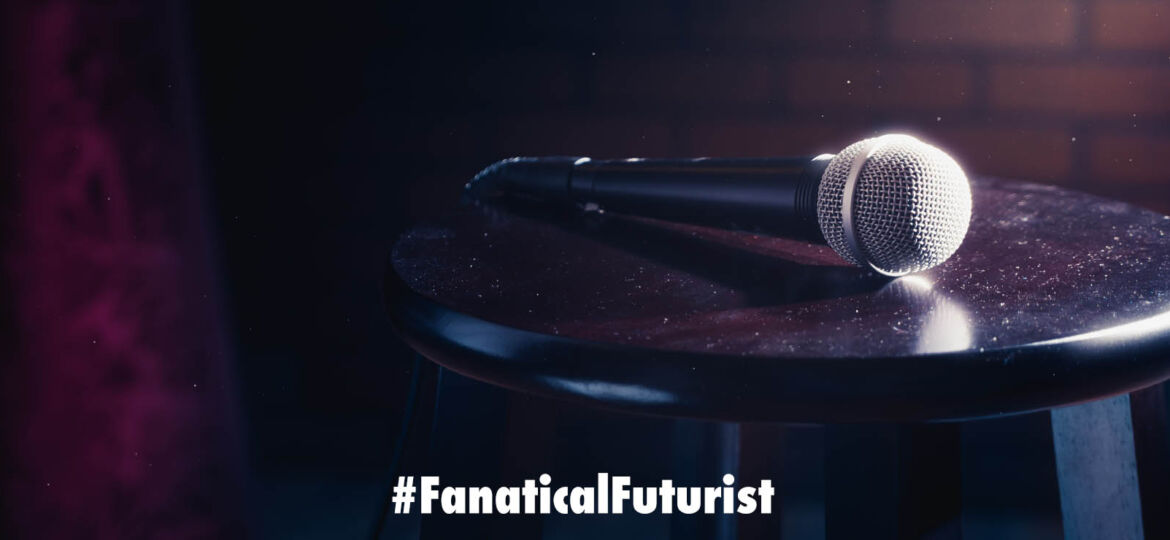
WHY THIS MATTERS IN BRIEF
Imagine all the times you use your voice, now imagine what would happen if people could clone it – for good and bad …
 Love the Exponential Future? Join our XPotential Community, future proof yourself with courses from XPotential University, read about exponential tech and trends, connect, watch a keynote, or browse my blog.
Love the Exponential Future? Join our XPotential Community, future proof yourself with courses from XPotential University, read about exponential tech and trends, connect, watch a keynote, or browse my blog.
Voice cloning tools aren’t new, in fact they’ve been able to mimic people quite well for years including Bill Gate’s voice which was oddly the result of a Facebook experiment, as well as create podcasts that include the now dead Steve Jobs. Now though, Microsoft has announced that it’s working on its own Artificial Intelligence (AI) called VALL-E that can clone someone’s voice from just a 3 second audio clip. And that’s world beating fast.
VALL-E, which was trained with 60,000 hours of English speech, is capable of mimicking a voice in “Zero-shot scenarios,” meaning it can make a voice say words it has never heard the voice say before, according to a paper published by Cornell University in which the developers introduced the tool.
VALL-E uses Text-to-Speech technology to convert written words into spoken words in “high-quality personalized” speeches, according to the 16-page paper.
The Future of Cyber and Spoofing, by keynote Matthew Griffin
It used recordings of more than 7,000 real speakers from LibriLight– an audiobook dataset made up of public-domain texts read by volunteers – to conduct its sampling. The tech giant released samples of how VALL-E would work, showcasing how the voice of a speaker is cloned.
The AI tool is not currently available for public use, and Adobe who also created a similar tool a while ago called VoCo canned the project fearing it would unleash the equivalent of “Photoshop for voice content,” and so far Microsoft hasn’t made it clear what its intended purpose is. The researchers also said the results so far showed that VALL-E “significantly outperforms” the most advanced systems of its kind, “in terms of speech naturalness and speaker similarity.”
But they pointed out the lack of diversity of accents among speakers, and that some words in the synthesized speech were “unclear, missed, or duplicated.”
They also included an ethical warning about VALL-E and its risks, saying the tool could be misused, for example in “spoofing voice identification or impersonating a specific speaker,” the latter of which a while ago meant that a company transferred $243,000 after it’s CFO, whose voice got cloned, “told” them to.
“To mitigate such risks, it is possible to build a detection model to discriminate whether an audio clip was synthesized by VALL-E,” the developers wrote in the paper. They didn’t give details of how this could be done.
They added that “if the model is generalized to unseen speakers in the real world, it should include a protocol to ensure that the speaker approves the use of their voice.”
Meanwhile, Microsoft announced Monday it will make OpenAI’s ChatGPT available to its own services after announcing its interest in investing $10 billion in the AI writing tool.















